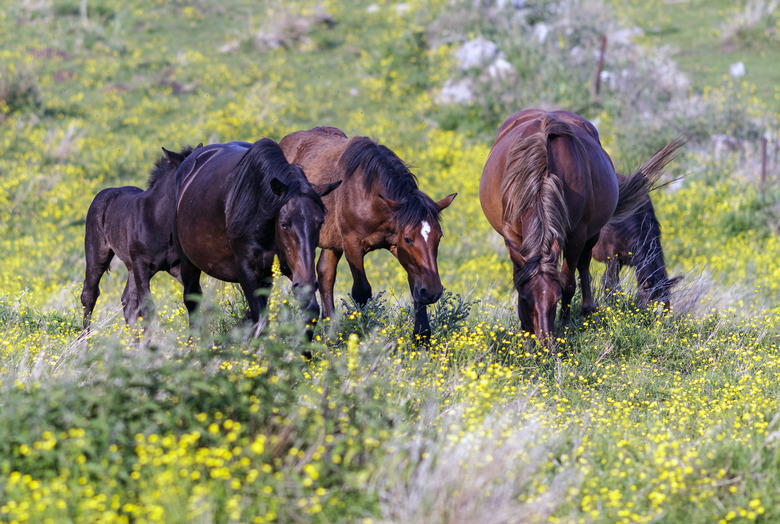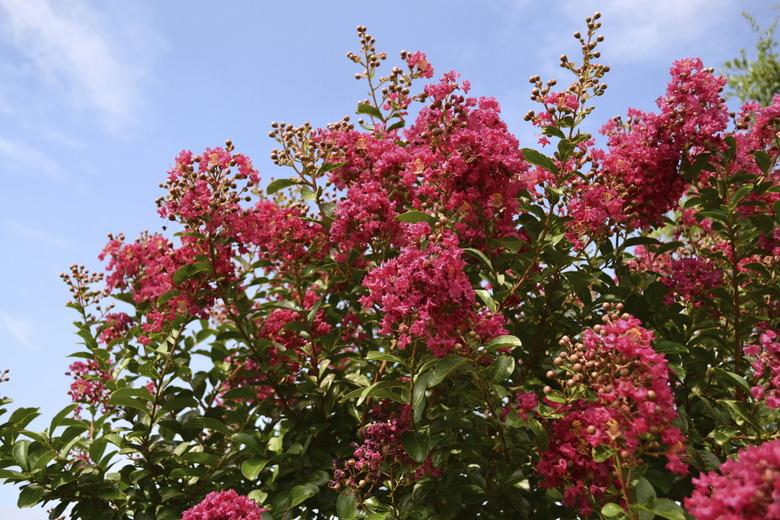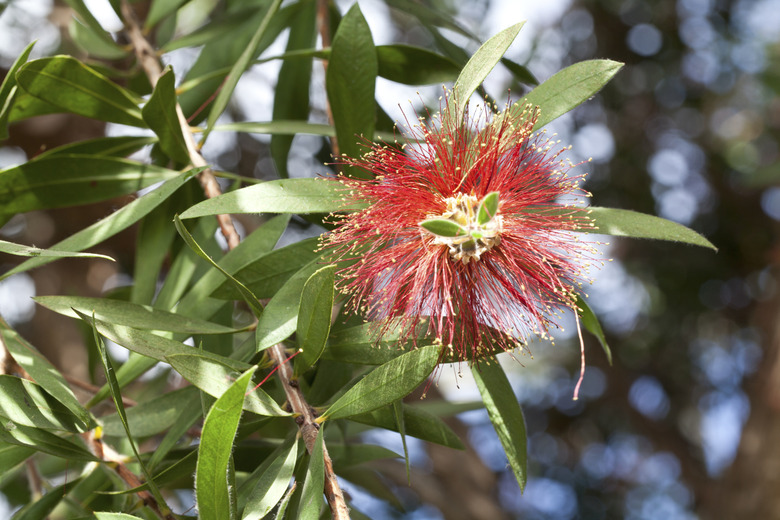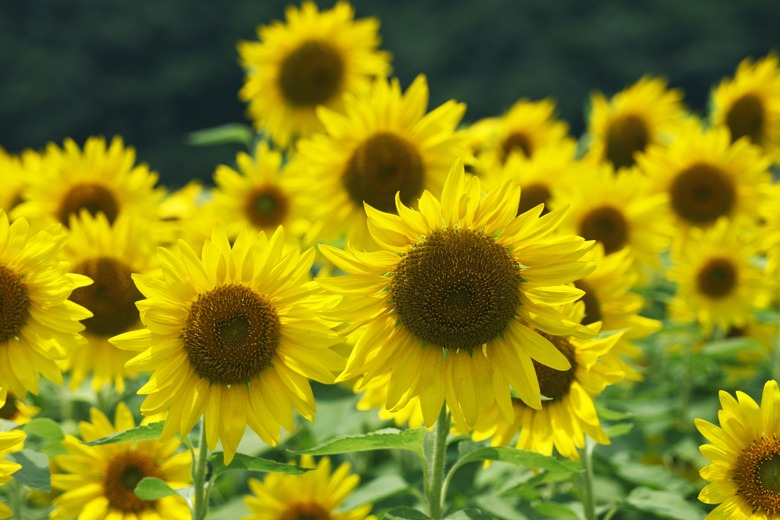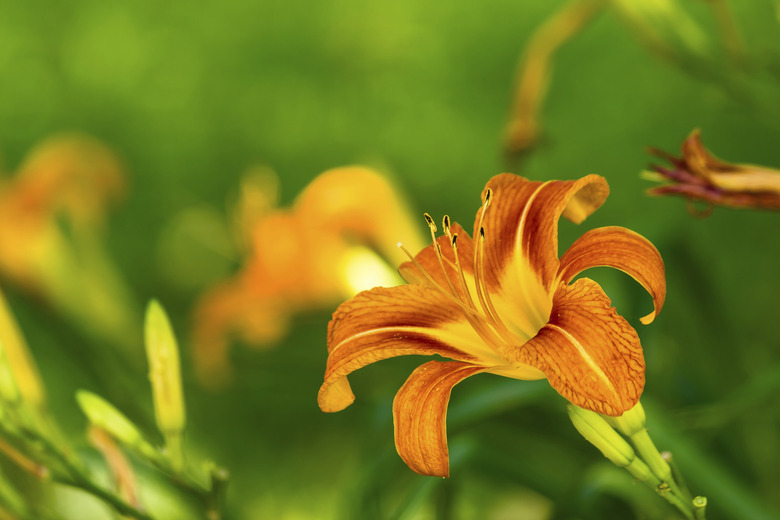Horse-Safe Flowers And Shrubs
We may receive a commission on purchases made from links.
Ordinarily a well-fed horse won't do anything more than sample an unfamiliar plant. Most plants with toxic substances have unpleasant tastes, which usually means that a horse won't eat enough of it to be harmed.
However, hungry horses that lack good forage might eat potentially harmful plants. To protect your horse, feed it well, clean up its yard and pasture by eliminating plants and weeds that might endanger it, and landscape with plants that are safe for horses to eat.
Horse-Safe Deciduous Shrubs
Horse-Safe Deciduous Shrubs
Deciduous shrubs are those that drop their leaves in winter, and there are many horse-safe deciduous shrubs to select among. For bright fall leaf colors and showy, profuse summer flowers, plant crape myrtle (Lagerstroemia indica), a large shrub or small tree. You can find species with flower colors in white, pink, red, purple, and lavender. Their colorful, peeling bark adds year-round interest. They thrive in U.S. Department of Agriculture plant hardiness zones 7 through 9 and require full sun and good drainage.
For another horse-safe deciduous shrub with showy flowers, look to star magnolia (Magnolia kobus var. stellata). It bears white flowers in spring before the leaves emerge. Hardy in USDA zones 5 through 8, this tree's fall leaf drop reveals interesting branching structure.
Horse-Safe Evergreen Shrubs
Horse-Safe Evergreen Shrubs
Evergreen shrubs provide year-round screening and boundary definition. This means that they work well both as hedges and as background shrubs for shorter plants.
Many evergreens are conifers with the typical needles and cones. But some broadleaf evergreens provide showy seasonal color, such as camellia (Camellia japonica). Hardy in USDA zones 7 through 9, these shrubs reach 10 to 15 feet tall and wide. Large single or double flowers in shades of pink, white, and red appear in spring.
Another evergreen with showy flowers, crimson bottlebrush (Callistemon citrinus), produces brilliant red flower clusters at branch ends. It flowers primarily in spring and summer but blooms much of the year in mild winter climates. These evergreens grow in USDA zones 8 through 11 to about 10 to 12 feet tall and wide.
Horse-Safe Annual Flowers
Horse-Safe Annual Flowers
Annual flowers light up flower beds or containers all during the growing season. Horse-safe annuals include nasturtium (Nasturtium spp.), which produces huge crops of bright flowers in red, orange, yellow, and cream. Trailing nasturtium (Nasturtium majus) climbs trellises, and bush nasturtium (Nasturtium minus) has mounding growth.
For a tall annual with familiar flowers, consider sunflowers (Helianthus annuus). Some cultivars provide edible seeds while others, with lower branching growth, are wonderful for cut flowers.
Horse-Safe Perennial Flowers
Horse-Safe Perennial Flowers
Horse-safe perennials are plants that live more than one season. These include daylilies (Hemerocallis spp.), which thrive in USDA zones 4 through 9. Many cultivars exist, all offering lively flowers held on stalks above the mounds of slender leaves. They come in almost all colors except blue and black. Depending on the variety, daylilies can be winter-dormant, evergreen, or semi-evergreen.
Coral bells (Heuchera spp.) is a perennial grown more for its colorful foliage than for its flowers. These plants feature mounding foliage about 15 inches tall in colors that include red, purple, pink, lime, orange, yellow, and bronze. Slender flower stalks produce wispy-looking pink, white-to-red flower clusters in spring. Most coral bells are hardy in USDA zones 4 through 9, with variation depending on the cultivar.
